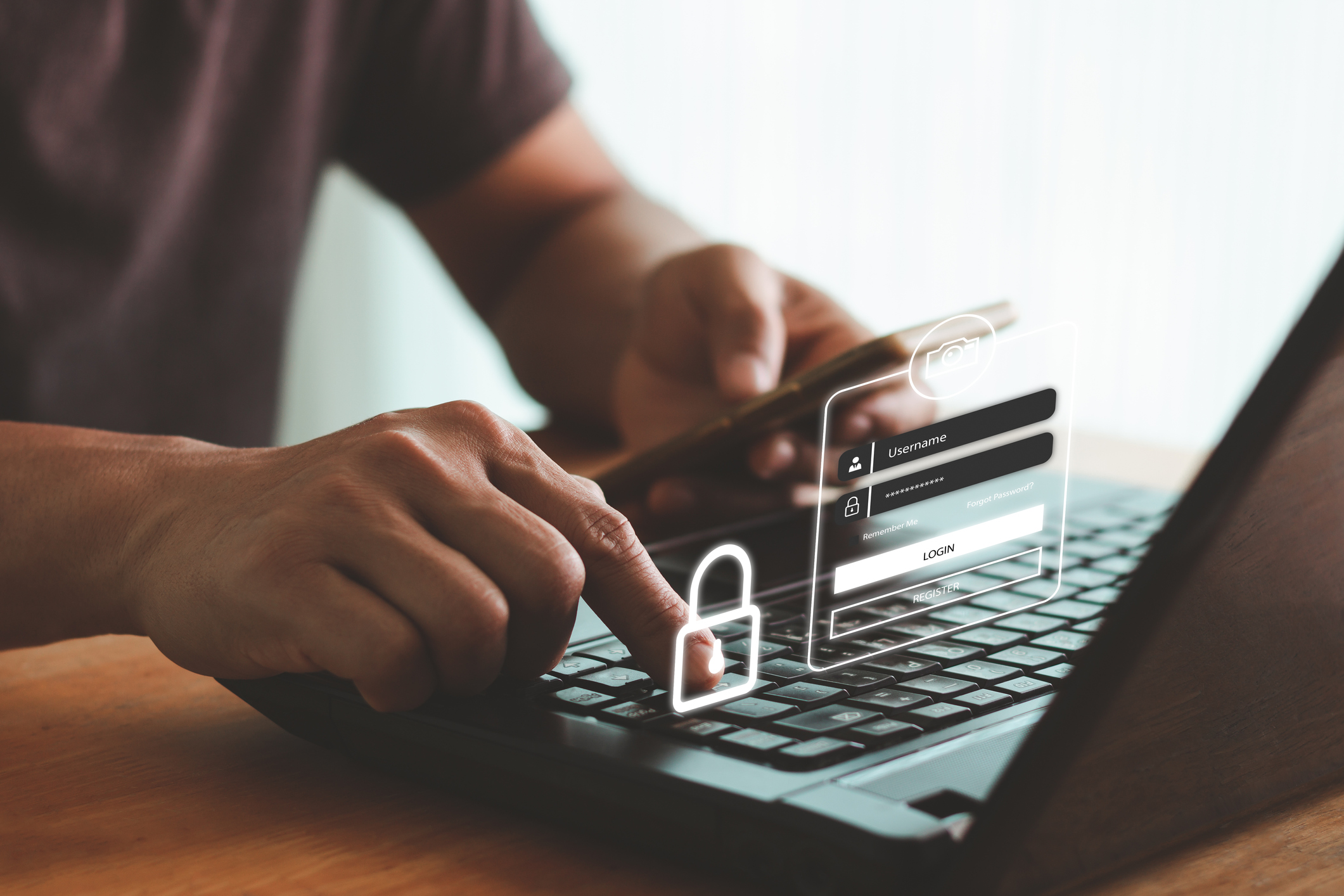It’s Time to Move Beyond Just Multi-Factor Authentication
[ad_1]

On line buying is straightforward. It’s part of what makes e-commerce tick and why, most likely, it is an $871 billion business in the U.S. The uncomplicated convenience of including things to your digital cart and examining out, usually with no cost supply and returns, helps make up for the lack of ability to see, maintain, and try on merchandise right before acquiring.
Specified this usefulness, a lot of on line vendors hesitate to toss security blockers concerning a ready purchaser and the remaining sale confirmation. These that do hazard scaring a shopper away, but these that do not also just take major pitfalls when it arrives to the safety of their clients and their base line.
Although multi-issue authentication (MFA) has turn out to be a portion of daily online everyday living for individuals, it’s not normally a welcome a single. With every other site sending a user to their e mail or mobile phone to regurgitate a random string of figures and validate they’re seriously who they say they are, the stability function can from time to time truly feel like much more of a headache than it is worth.
The truth is that stores are leaving a large amount of income on the table with their stability. On 1 hand, they could be putting up MFA checks that can trigger persons to abandon their cart or inquire returning purchasers to log back again in to complete their invest in. Even devoid of MFA, on the net consumers abandon 69.82% of all carts. Two of the prime 5 explanations: account development demands and checkout procedures that consider much too extended or are too considerably of a inconvenience. Increase to that the frequency of bogus-positive credit score card declines and you’re throwing roadblocks that may perhaps avoid a sale.
How a lot of times has the exhilaration of a new cell phone or laptop or computer been dulled by needing to re-ensure your system at all of your normal web sites? What if you’re logging in from a new locale, or do not try to remember your password — or, the nightmare scenario, missing accessibility to your major cellphone quantity or e mail tackle applied for verification? At a particular place, getting to use several units or platforms just to get as a result of a checkout will send men and women offline and on a trip to the mall, or to a competitor’s web-site.
On the other hand, to prevent that checkout friction, some stores disable MFA techniques, calculating chargebacks as a value of doing business enterprise, or even employing a vendor that addresses the chargeback cost in the occasion of fraud. This could possibly speed up the checkout process, but that customer goodwill is heading to evaporate fairly swiftly when individuals retailers’ lax protection measures allow fraudsters through and people prospects have to offer with hacked accounts. This is a big monetary liability for a retailer.
So what can on the web shops do to thread the needle in between security and person working experience? With developments in id intelligence, there are superior, more seamless ways out there to test if another person is who they say they are and you can often mail them to an MFA test to be confident. But here’s why we should not rely on MFAs as the sole way of authenticating end users any longer, and how new technologies can preserve buyers (and vendors) secure with no acquiring in the way.
To Authenticate or Not to Authenticate – A Problem
The on the net procuring knowledge for buyers has been streamlined so proficiently in so several areas that when a request to authenticate will come up, it can confirm a substantial stumbling block for consumers. I purchased from below previous 7 days, a customer may possibly think. Why do I have to have to go into my e mail to get a verification code? It’s like a toll booth on the freeway we know we need to do it, but it is seriously irritating to slow down there, adding a lot more time to our destination.
In the meantime, networks that make it possible for for stay and historical behavioral investigation information to be checked by on-line stores can ensure if that user’s on the net conduct is consistent with their typical action, and if so, it lets them pass so they can full the checkout system with no slowing down—like an E-ZPass or other automated toll collection program, if we’re nevertheless on that metaphorical highway. This degree of trustworthiness can not only apply to the authentication period but can also cut down bogus-positive credit card declines – commonplace in Card Not Existing scenarios, which defines most on the web purchases.
It Utilizes Stagnant Facts
Most authentication, deal with verification or transaction methods use facts that doesn’t improve normally. These can be information details like house addresses, mobile phone quantities, email addresses, and so on. The factor is, most of that data has been compromised already (bear in mind the Equifax breach?) or is obtainable with just a small bit of on the net sleuthing. That information is possibly circulating on the dark website, making it ineffective as a instrument in proving someone’s identity.
But if we return to the facts networks of today, where by consumers can be verified (or labeled a possible fraudulent actor) based mostly on the main knowledge vectors of gadget, community, geography, and action, all of that old, stagnant details isn’t sufficient to trick these systems. The network can explain to if a buyer is behaving in their regular patterns (i.e., it’s in fact them) in advance of they even get to the retailer’s web page. If so, a frictionless move-by checkout is on the menu enabled by more time periods in-in between visits (the consumer continues to be logged in) or by delivering more password makes an attempt than untrusted people just before a reset is needed. If not, an MFA authentication can be thrown in the way of the possible fraudster and do its job.
It is No Way to Address Your Loyal Prospects
Further than merely getting a roadblock slowing down the approach, it’s a quite very poor person knowledge for faithful shoppers when they have to log back again in or even worse receive an MFA challenge inspite of all their regimen exercise. For example, one particular prevalent trigger is logging in from a new gadget. Probably they’ve been a shopper with an account at the retailer for yrs, have the retail store application installed on their telephone, and have even developed up an impressive amount of money of reward factors. Probably they’ve specified hundreds–or thousands–of bucks to the corporation. It can be rather insulting for them to have to confirm their identification above and around, and can be a major impediment to upcoming loyalty advancement in particular as that service provider pours money into customized buyer ordeals.
But if the serious-time details all over that person confirms that they are who they say they are, no further authentication is essential. They can get on with their transaction and the rest of their working day although the retailer is pretty much holding the door open up for them, a variety gesture that will be remembered and will include to the over-all working experience of buying at that firm.
Although authentic-time exercise info for buyers has typically only been utilized at a scale accessible by net giants, today’s id networks use new, dynamic varieties of details to far better establish legitimate clients and allow for retailers and e-commerce organizations to supply a secure, frictionless checkout encounter. Acquiring to decide on among person encounter and safety can be a factor of the earlier, immediately after all, id IS the working experience.
[ad_2]
Source url






